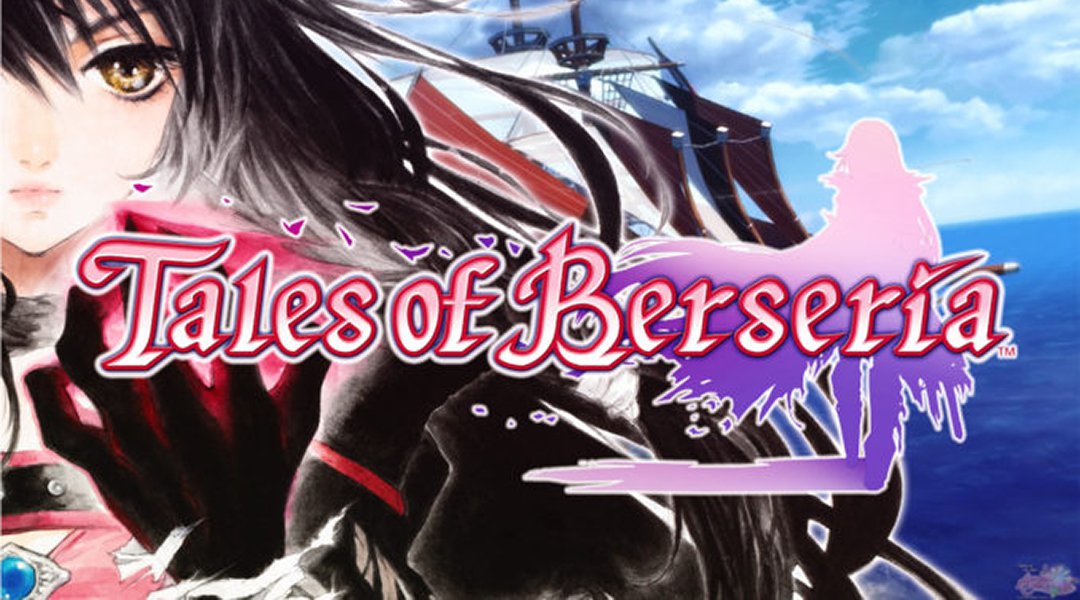
Tales of Berseria Review
By Denny Connolly 25 January 2017
Tales of Berseria takes the usually upbeat RPG franchise down a dark path that pays off thanks to a compelling story, interesting characters, and an updated combat system.
Tales of Berseria is the kind of game that RPG fans don’t see on major consoles nearly as often as they used to. The latest installment in the long-running Tales franchise offers some fresh updates to the combat system, but still includes the 50+ hour campaign and anime style that fans of the series have come to know and love. Although Berseria does stay true to the series in many ways (sometimes to a fault), there is also a level of maturity and darkness to this game that takes it a step above previous incarnations.
Tales of Berseria is a revenge story about a young woman who loses everyone she loves and is imprisoned for years. After breaking free and teaming up with some other shady characters, she begins her mission of vengeance and players tear through dozens of hours of RPG exploration and combat tracking down the people who ruined her life. Fans of previous Tales games will notice right away that this is a much darker form of storytelling than the franchise is known for. In past installments, the protagonist is always trying to save the world with the help of a group of good-hearted companions, but this time around the protagonist only cares about killing and isn’t even really surrounded by friends.
The other party members are almost all as twisted as their leader, Velvet, and seem to stick together because there is nowhere else to go, rather than out of friendship or loyalty. There are two party members who are closer to the lawful good side of the spectrum, but even they are mostly used as a foil to help the player learn more about the dark nature of the core cast.

Although it may sound a bit too dreary, the Bandai Namco game’s dark tone actually works incredibly well. The serious subject matter makes it very easy to become emotionally invested in Velvet and the rest of her team. Her one-track mind can be a little annoying at times as the player is forced to watch her make mistakes as she is blinded by vengeance, but the change of pace is very welcome in a franchise that may have started to feel a bit too repetitive. Unfortunately, the game’s zones all still feel like they could have been plucked from any of the previous installments and don’t match the dour tone set by the characters and the narrative. Players will travel through grassy fields, tundras, and dungeons; but there isn’t anything too new or exciting to be found while exploring the game’s large map in terms of scenery.
Another way that Berseria changes course from the classic RPGs is by further embracing the 3D open space combat encounter system. Players will run into enemies that freeze time and take them into a controlled encounter, just like in classic RPGs, but once in the encounter players can move around freely, attack, and dodge. The combat system may feel a little button-mashy at first, but it is actually incredibly complex and offers the chance to employ high level strategy for players who take the time to wrap their heads around it. Playing on easy will allow casual gamers to basically mash their way through most of the non boss enemies, but playing on a regular difficulty forces players to manage resources, timing, and combos.

The updated combat system replaces the Technical Bar from prior Tales games with a Soul Gauge – players knock souls out of enemies or build them up through successful dodges and combos. Using the souls gives players a limited time advantage during combat, so saving them for the right moment is crucial to success. With enough souls in reserve, party members can work together to use artes (special abilities) and combos to take down enemies. The team-based combat feels more strategic than it did in Final Fantasy 15, but the combos weren’t as much of a visual spectacle as they were in the Square Enix game.
Although the complexity of Berseria’s combat system is one of its greatest strengths, the seemingly never ending tutorial needed to explain it is one of the game’s biggest weaknesses. The game’s first four hours or so are essentially an extended tutorial on most of the primary mechanics. There is a ton of information thrown at players and not a lot of action to keep them interested. Players who stick with the game through this grind and get a solid foundation on the mechanics are in for at least 40 more hours of excitement, but the slow start may be a deal breaker for some less patient gamers.
Tales of Berseria’s heavy anime and manga influence and its incredibly lengthy campaign will likely be a difficult barrier of entry for many gamers. That said, RPG fans won’t want to pass this one up. Its style may be over the top, but there is actually a pretty compelling story here and an unforgettable cast of characters with unique abilities to get to know. All of that on top of a challenging combat system make this the best installment in the Tales franchise in recent memory.
Tales of Berseria is available now on PS4 and coming soon to PC. Game Rant was provided a PS4 copy for this review.
